There has always been confusion about the difference between manga and manhwa. Are you one of those? You never took an interest in Manga, anime, or Manhwa, only hearing the names in passing. However, one day you opened your Instagram and came across a reel of The Mafia Nanny.. But wait, what is this? Is it Manga or Manhwa? Where should you read this fantastic piece of work?
If you are one of those wandering souls, this is the right place for you. Here, you will not only learn about the difference between Manga and Manhwa but also learn about Webtoon. Manga and Manhwa also have their stories of origin. You are also going to dive deep into history. So buckle up because it’s going to be a long ride.
Table of Contents
ToggleManga And Manhwa

You must have encountered words that mean the same but have different names. The Chinese word “Manhua,” meaning “impromptu sketches,” gave rise to the cognates manga and manhwa. Simply put, they are comics like Marvel and DC, but they are grander and more elaborate. The only difference is the country and its influence; in Japan, it is Manga, and in Korea, it is Manhwa. The cultural impact has resulted in different art and writing styles. Manga’s success in the global market has brought attention to Manhwa.
ALSO READ: Rules for Dating Trash Chapter 1-7
Top 5 Popular Manga

1. Fullmetal Alchemist, Vol. 1
- Write: Hiromu Arakawa
- Genre: Shonen Manga, Dark Fantasy
- Chapters: 4
- Frequency: Completed
2. Death Note, Vol. 1: Boredom
- Writer: Tsugumi Ohba
- Genre: Supernatural, thriller, fantasy
- Chapters: 7
- Frequency: Completed
3. Naruto, Vol. 1: Uzumaki Naruto
- Writer: Masashi Kishimoto
- Genre: Adventure, Fantasy, Martial Arts, Comedy
- Chapters: 244
- Frequency: Completed
4. One Piece, Volume 1: Romance Dawn
- Writer: Eiichiro Oda
- Genre: Shonen Manga, Adventure, Fantasy, Action
- Chapters: 8
- Frequency: Completed
5. Bleach, Vol. 1
- Writer: Tite Kubo
- Genre: Adventure, Martial Arts, Supernatural
- Chapters: 7
- Frequency: Completed
Some of the Top Manhwa

1. Solo Leveling
- Name: Solo Leveling or One Level Up
- Writer and Artist: Chugong and Dubu
- Genre: Action, Fantasy, Adventure
- Chapters: 190
- Frequency: Completed
2. Sweet Home
- Writer and Artist: Kim Carnby and Hwang Young-chan
- Genre: Action, Horror
- Chapters: 140
- Frequency: Completed
3. The Horizon
- Writer and Artist: Ji-Hoong Jeong
- Genre: Action, Drama, Adventure
- Chapters: 21
- Frequency: Completed
4. Noblesse
- Name: Noblesse
- Writer and Artist: Son Je-ho and Lee Kwangsu
- Genre: Fantasy
- Chapters: 50
- Frequency: Completed
5. Wind Breaker
- Writer and Artist: Yongseok Jo
- Genre: Action, Drama, Sports
- Chapters: 479
- Frequency: Every Monday
History of Manga and Manhwa

Manga originated in the 12th or 13th centuries from Chōjū-jinbutsu-giga. Writers like Frederik L. Schodt, Kinko Ito, Adam L. Kern, and Eric Peter Nash’s views shaped modern manga. They emphasised the importance of the continuity of Japanese culture and tradition. American culture, themes, and images had a huge impact. This also includes the comics brought up by the American soldiers to Japan.
Isao Takahata, the co-founder and director of Studio Ghibli, believes that there is no connection between scrolls and modern manga. The first time someone used the term manga in the modern sense was Kitazawa Rakuten, a professional cartoonist in Japan. Professor Richard Torrance pointed out the similarities between modern manga and popular Osaka novels, stating that the increase in the number of literate people in Meiji and the post-Meji era of Japan helped to produce stories told in pictures and words.
Kibyōshi, one of the genres of Japanese picture books in the Edo Period, is considered to be the reason Japanese talent mixed pictures and words in a storytelling format. The recorded use of the term manga comes from kibyōshi in 1798.
Historians and writers saw a transition in the art style of manga after the Hiroshima and Nagasaki tragedies. However, artists and scholars like Takashi Murakami and Takayuki Tatsumi see it as transnationalism that created modern manga.
Comic World After World War 2
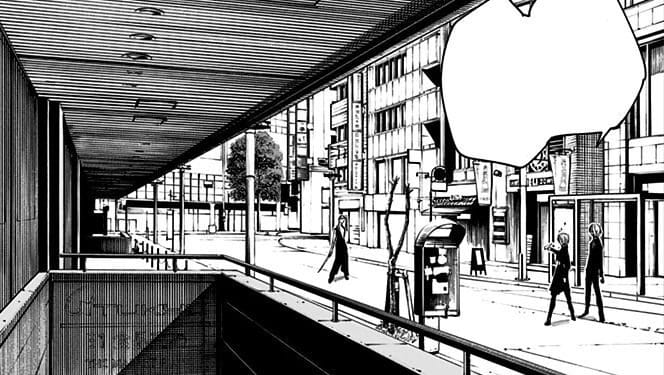
After World War 2, the two manga that influenced modern manga were Mighty Atom by Osamu Tezuka and Machiko Hasegawa’s Sazae-san. Mighty Atom, known as Astro Boy in the US, reflects Japanese sociality and community-oriented masculinity. Manga cemented its foundation in the market in the 1950s and 1960s.
Korea became a part of the Japanese Empire in the 20th century; Japanese culture and language influenced Korean culture and society. Manhwa became a popular topic in the 1920s, and it was used mainly for political and social reasons. Later, Manhwa incorporated funny and humorous cartoons that were aimed at children’s interests. The first Korean comic magazine was started by Kim Yong-hwan in 1948. However, later, it was shut down by the authorities. Manhwa was used for many purposes, such as boosting the morale of the public during the Korean War.
Manhwa started gaining recognition between the 1950s and 1960s. During this time, many new genres were introduced, such as sunjeong, a romance genre for young girls, and myeongnyang, or happy comics. You must have heard about the London coffee house, a place where intellectuals gathered and pondered or discussed current topics of that time. In the mid-20th century, the Korean government introduced censorship laws that affected Manhwa. By the end of the 20th century, the ban on Japanese media was lifted,d which also influenced the current Manhwa art style.
About Webtoon
At the beginning of the 2000s, the Korean economy collapsed, resulting in the transfer of manhwa to online sources. The purpose of Line Webtoon, a search portal and digital South Korean website, was to distribute manhwa overseas. Here, amateur writers and artists can experiment with techniques and formats. Through Webtoon, they can escape South Korean censorship laws and publish their stories. Webtoon is one of the main reasons for the popularity of manhwas. Now, most of the movies and K-dramas are based on Webtoons.
Difference Between Manga And Manhwa
There are differences between manga and manhwa, but also similarities, as you can’t ignore that both manga and manhwa are cut from the same cloth, that is, manhua. The art styles of manga and manhwa are not that different from each other. But it’s all about the minor difference between manhwa and manga:
- If we talk about print comics – physical and digital, manga are black and white, while manhwa are colorful. Manga was heavily inspired by the aesthetic of Disney – big eyes and small mouths. This was used by Osamu Tezuka, the Godfather of anime; his influence can be seen in many manga writers and artists’ work.
- You can tell if it is manga or not from its background, as it tends to be more detailed and thorough compared to digital manhwa, which has a simple background.
- Manga writers are supported by big production companies like Shueisha and MAPPA, but most of the manhwa writers are self-published, thanks to the online platform Webtoon. That’s why most of the popular manhwas are published online, and manga have physical copies.
- Manga art seems more epic compared to Manhwa’s detailed action scenes, which are more realistic. While reading manhwa, readers have noticed that the writers tend to let action speak and tell the story.
- Manga stories are read in the right-to-left and top-to-bottom format, whereas manhwa is read in the Western format, left-to-right and top-to-bottom.
Anime and dramas are blurring the line between Manga and Manhwa. Both comics have distinct features, but they also share some similarities. Hopefully, after this article, you will know for sure what you are reading—a manga or a manhwa.

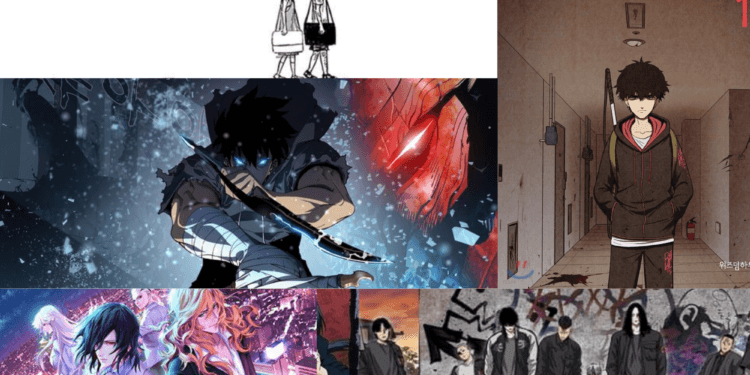

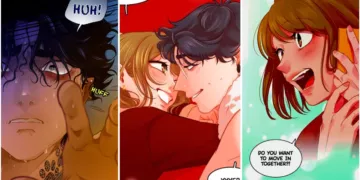
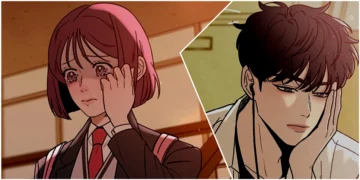
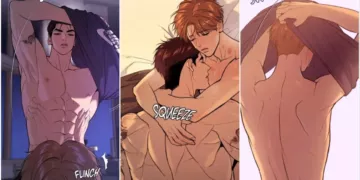

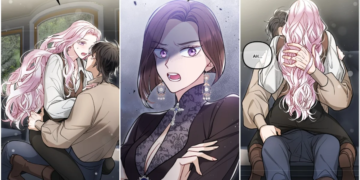

Thanks for breaking it down so clearly. I’ve always loved manga, but now I’m interested in checking out more manhwa and webtoons!
One of the best articles ever written on the topic. It clearly reflects the differences without any unnecessary details and is really to the point. Great job, Shweta!